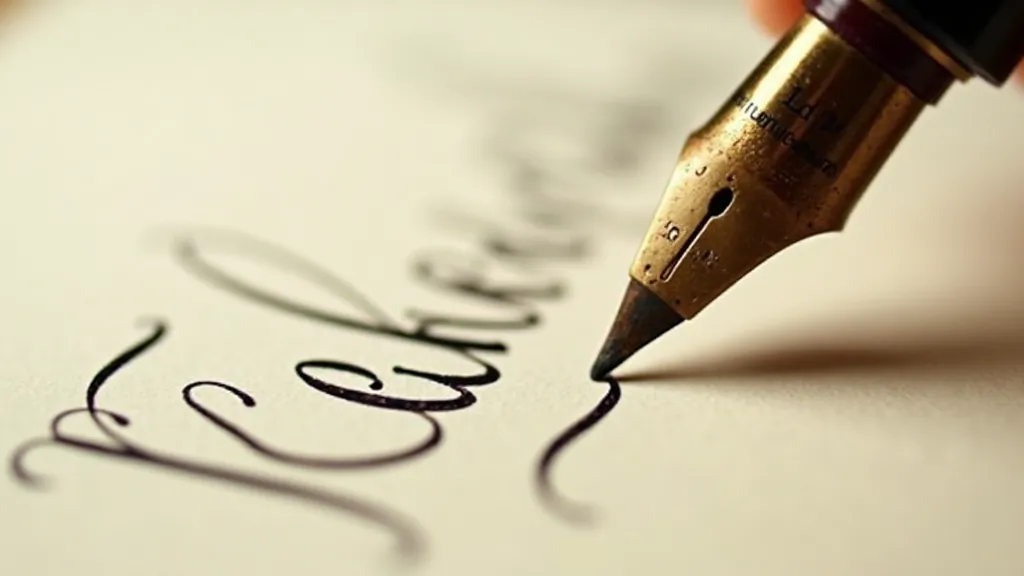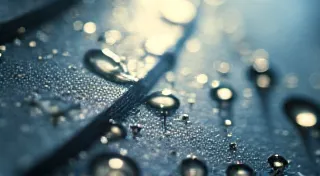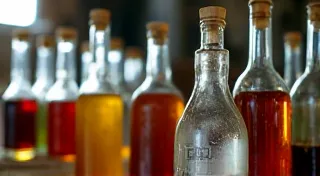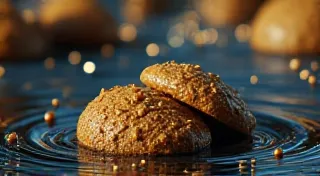Resonance of the Past: The Emotional Connection to Restoring Vintage Pens
There's a quiet reverence that settles over me when I hold a vintage calligraphy pen. It's more than just a tool; it’s a time capsule, a whisper from a bygone era. These aren't disposable instruments churned out by modern factories. They're the products of meticulous craftsmanship, imbued with the spirit of the artisan who crafted them, and, often, touched by the hand of someone who poured their heart into elegant script. The act of restoring one isn’t merely a technical exercise; it’s a deeply personal journey, a conversation across the decades.
My introduction to this world wasn’s planned. It began with a dusty box unearthed at a flea market, filled with an assortment of forgotten treasures. Amongst tarnished silverware and chipped porcelain, lay a handful of pens. Most were beyond saving, rusted solid or missing key components. But one, a Sheaffer from the 1920s, caught my eye. It was in rough shape—the barrel scratched, the nib misaligned—but I sensed a story waiting to be revealed.
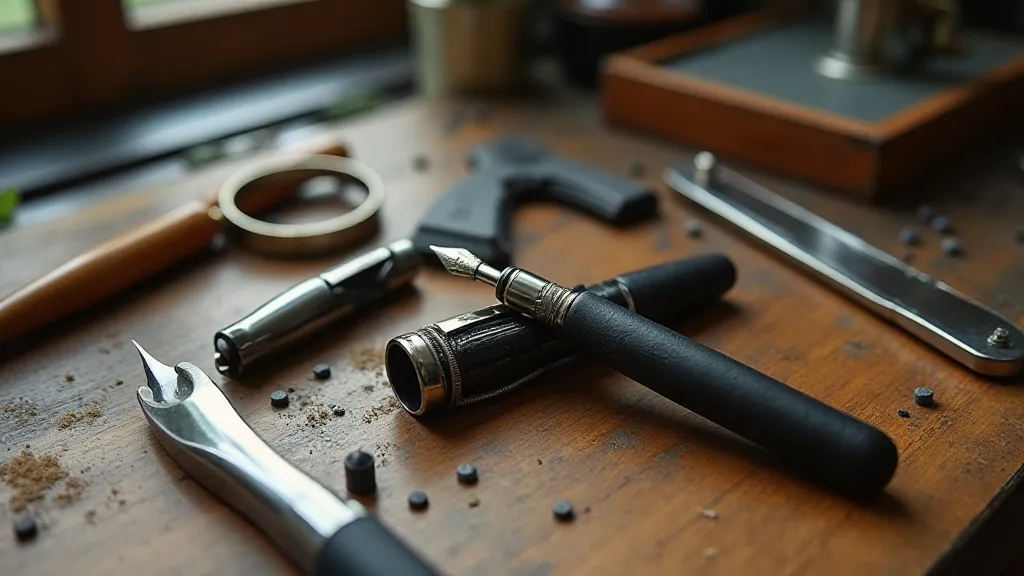
The Weight of History in Your Hands
Before I even touched a cleaning solution or a nib adjusting tool, I spent hours simply *looking* at the pen. I researched its history – the company, the era, the materials used. I imagined the clerk who originally sold it, the hand that first wrote with it, the letters it penned – love letters, legal documents, perhaps even a poet’s early drafts. It’s an exercise in empathy, a humbling realization that we are all part of an unbroken chain. The history of these pens is fascinating, and truly understanding their journey through time can add another layer of appreciation for the artistry involved. Sometimes, uncovering that history feels almost like piecing together a silent scribe’s chronicle, revealing clues about the pen's past owner and their life.
These pens weren't created in a vacuum. They reflect the social, economic, and artistic currents of their time. The Art Deco movement profoundly influenced pen designs in the 1920s and 1930s, with streamlined shapes and geometric patterns finding their way onto pen barrels. The rise of mass communication—though rudimentary compared to today—made elegant writing instruments a status symbol. Each scratch, each dent, tells a story of usage, of a life lived.
The Art of Gentle Repair
The technical aspects of restoration are certainly crucial. Cleaning, of course, is paramount. Years of dried ink can clog a nib and compromise its performance. Often, I'll soak the nib in a gentle ammonia solution, carefully monitoring its progress with a jeweler’s loupe. It’s a methodical process, demanding patience and a delicate touch. A little too much force, and you risk damaging the delicate machinery within. Achieving a smooth, consistent flow of ink requires not only cleaning but also understanding the finer points of the art of antique pen nib smoothing. The precise angle of the tines, the wear patterns – all contribute to the writing experience.
Nib adjustment is another critical skill. A bent or misaligned nib can produce a scratchy, uneven line. The slightest tweak, achieved with specialized tools like a nib press and a small screwdriver, can transform a frustrating writing experience into a graceful flow of ink. It's an art form in itself—understanding how the tines interact, feeling the subtle give of the metal, and striving for that perfect balance. The beauty of a restored pen isn’t just in its functionality, but also in the way it looks and *feels* in the hand, reflecting an appreciation for finding beauty in imperfection during pen restoration.
Beyond the basic cleaning and adjustment, more complex repairs are sometimes required. Replacing a cracked barrel, re-soldering a loose filling mechanism—these require a deeper understanding of pen anatomy and a willingness to experiment. Each project is a learning opportunity, a chance to expand my skills and deepen my appreciation for the ingenuity of the original designers. Occasionally, the damage is so extensive it feels like mending something fragile, a process of embracing and honoring the past through the care and attention to detail needed to restore it.
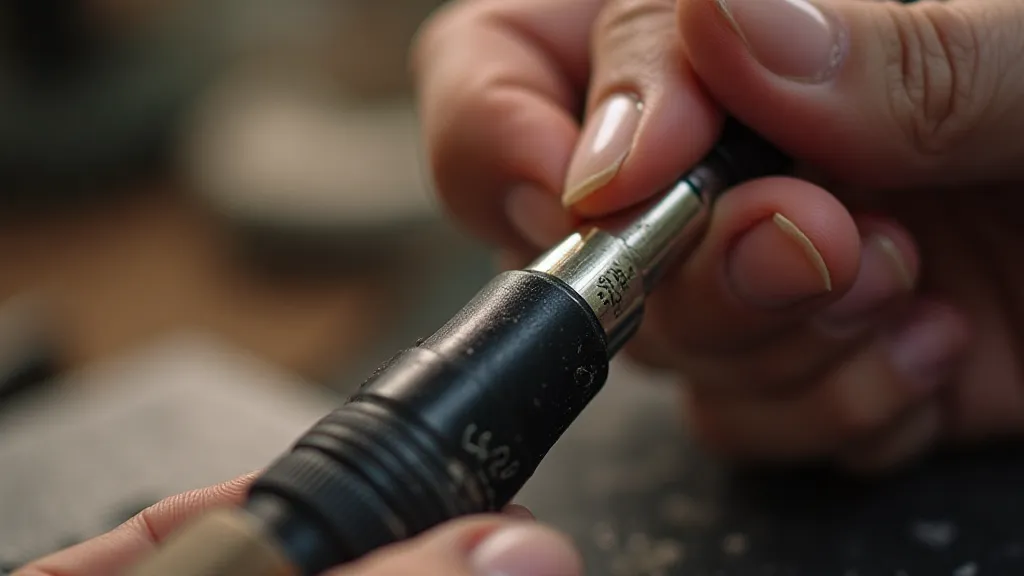
More Than Just a Pen: A Connection to Craftsmanship
What truly resonates with me, however, isn't the technical challenge of restoration but the renewed appreciation for craftsmanship. These pens were built to last, designed with intention and a respect for materials. Compare that to the disposable pens we use today, often discarded after a single use. There’s a palpable difference in quality, in durability, and, perhaps most importantly, in the feeling of connection to the maker. It's a reminder that something truly valuable isn't just about its utility, but the story it carries – the dedication and skill that went into its creation.
Consider the intricate process involved in crafting a single nib. The metal, often a high-grade steel, is drawn into a wire, carefully shaped, and then painstakingly ground and polished. Each step requires skill and precision. The same dedication is evident in the hand-carved patterns on a celluloid barrel or the intricate design of a gold clip. These aren't mass-produced commodities; they are works of art. The care and attention to detail isn't just about creating a beautiful object, it's about passing on a legacy of artistry.
The Joy of Bringing a Story Back to Life
The most rewarding part of restoring a vintage pen is seeing it write again, knowing that I’ve played a small part in preserving its history. It’s like giving a voice back to a silent witness. When I hand a restored pen to someone and watch them write with it for the first time, there’s a shared moment of wonder and appreciation. They’re not just writing; they’re connecting to a legacy.
It’s a reminder that objects aren’t just things; they’re vessels of memory, symbols of a time gone by. And by carefully tending to them, by patiently bringing them back to life, we’re not just preserving objects; we’re preserving stories, we're honoring the past, and we’re enriching the present. The quiet click of a restored vintage pen is a testament to that connection—a resonance of the past echoing into the future. The delicate nature of this process, and the potential to damage something irreplaceable, is always at the forefront of my mind; each restoration feels like repairing cracks in a fragile antique pen, meticulously piecing together fragments of history.
The materials themselves offer a fascinating window into the past. The celluloid barrels, the ebonite feeds, the gold fills – each represents a specific time and technology. Understanding the properties of these materials, and how they age, is crucial to a successful restoration. Sometimes, the challenge isn’t just about fixing something that’s broken, but about understanding *why* it broke, and how to prevent it from happening again. It's a continuous learning process, a deepening appreciation for the ingenuity and artistry of past generations. This appreciation extends beyond the mechanical aspects; there is a certain aesthetic beauty in appreciating the signs of age and wear, understanding that these imperfections are part of the pen’s unique story.
